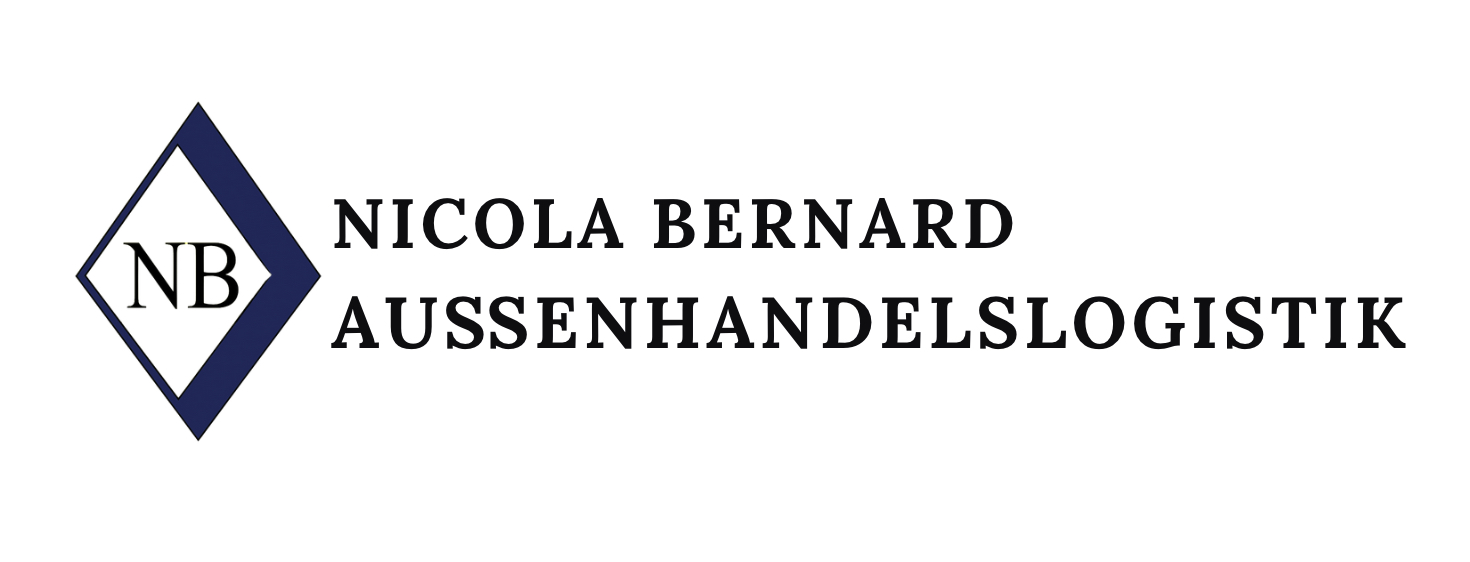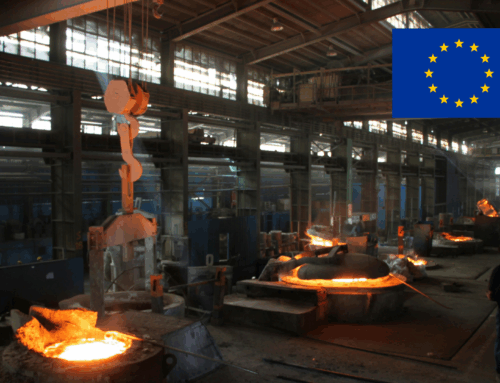At the end of July 2025, the United States and the European Union agreed on a new framework agreement on transatlantic trade. On 21 August 2025, the agreement was clarified in a joint statement. The aim is to facilitate mutual market access, create fair competitive conditions and stimulate investment.
Tariffs and trade concessions
A key component of the agreement is the uniform flat-rate tariff of 15% applied since August 2025 to almost all EU exports to the US. This tariff rate is intended to represent an upper limit, with the exception of certain goods for which the US most-favoured-nation (MFN) tariff rate exceeds the 15% limit.
For motor vehicles and motor vehicle parts from the EU with an MFN tariff rate of 15% or more, the additional Section 232 tariffs of 25% are to be waived accordingly – on condition that the EU first reduces tariffs on US industrial goods to 0%.
From 1 September 2025, the following will also apply: For certain goods such as aircraft and aircraft parts, pharmaceuticals including intermediate products, basic chemicals and natural raw materials (e.g. cork), the US will apply only the MFN tariff rate.
However, the high 50% tariffs under Section 232 will remain in place for certain steel and aluminium products for the time being. In future, quota solutions will be examined in order to curb overcapacity while ensuring stable supply chains between both sides.
Market access for US products
The EU is committing to totally getting rid of tariffs on US industrial goods. Plus, market access for agricultural and fishery products from the US is going to be expanded. This includes nuts, dairy products, fruit and veggies, soybean oil, pork and bison meat, and processed foods.
Energy and technology
The EU wants to make its energy supply more secure with US supplies. The plan is to purchase US LNG, oil and nuclear energy products worth around USD 750 billion by 2028. In addition, US AI chips worth USD 40 billion will be supplied to European data centres. Both sides emphasise their desire to work together to protect technologies from migration to third countries.
Investment and defence
The transatlantic investment partnership is to be further expanded. To this end, European companies are to make additional investments of USD 600 billion in the US by 2028. At the same time, the EU wants to significantly increase its purchases of US defence equipment in order to strengthen NATO interoperability and expand defence cooperation.
Removal of non-tariff barriers to trade
There are also plans for closer cooperation on norms, standards and conformity assessments, for example in the automotive sector or in cyber security. The EU wants to take US concerns about sustainability requirements (CSDDD, CSRD) and carbon border adjustment (CBAM) into account in order to reduce the burden on companies.
Digital trade and customs modernisation
Both sides declared that they would not impose network charges or customs duties on electronic transmissions. They also support the WTO moratorium approach to digital trade. The EU wants to involve the US in the planned digitisation of customs procedures.
Extensive trade relations
The EU and the US form the largest bilateral trade and investment partnership in the world. Trade in goods and services has doubled over the last ten years, reaching over €1.6 trillion in 2024, divided into €867 billion in goods trade and €817 billion in services.
Sources: European Commission, GTAI (in German)






